The Grafted Longan Tree, scientifically known as dimocarpus longan, is a tropical fruit-bearing tree that has gained significant popularity for its unique, sweet, and juicy fruits, often described as similar to lychees. Originating in Southeast Asia, the longan tree has become a staple in tropical and subtropical regions across the globe. With its rapid growth, reliable fruiting capability, and the consistency that grafting provides, the longan is a great choice for both commercial orchards and home gardens looking to incorporate a unique fruiting tree. Grafting is often chosen as the primary propagation method for longan trees as it not only ensures consistency in fruit quality and yields but also reduces the time to fruiting when compared to trees grown from seed. This reliable propagation technique allows the tree to offer more predictable results for farmers and gardeners, as well as an early harvest and improved resistance to pests and diseases.
The longan tree is a perennial, long-living species that can become a staple in any garden with its lush appearance and reliable production. Grafted longan trees generally reach heights of 20 to 30 feet, making them a relatively manageable size in comparison to seed-grown longan trees, which can sometimes reach heights over 40 feet. The compact size of grafted trees makes them an attractive option for small orchards and backyards where space is a consideration. The tree has dark green, glossy leaves that form a dense canopy, providing a tropical look that makes it as much a decorative addition as a productive one. The foliage is made up of compound leaves, each containing between 6 and 9 pairs of leaflets, contributing to its lush appearance and ability to provide shade in a garden setting.
One of the most remarkable features of the longan tree is its ability to fruit consistently, especially when grafted. Grafted longan trees typically begin producing fruit within 2 to 3 years of planting, compared to the lengthy 5 to 10 years often required for seed-grown trees. This makes grafted longan trees a preferred choice for growers who are looking for quicker returns and more dependable results. The fruit itself is borne in clusters and is round, measuring about 1 to 2 inches in diameter. Its thin, light brown skin is brittle and easily cracked open to reveal a juicy, translucent flesh surrounding a single black seed. This unique combination of translucent flesh and dark seed has led to the fruit being called “longan,” which translates to “dragon’s eye” in Chinese, symbolizing the fruit’s resemblance to an eye when sliced open.
Longan trees thrive in warm, humid climates and are best suited for USDA hardiness zones 9 to 11. They require a location with full sun to produce fruit optimally, as adequate sunlight is essential for flower and fruit production. Well-drained, sandy or loamy soil is ideal, particularly if it’s enriched with organic matter. This soil type allows the tree’s roots to establish and grow without excess moisture, as longan trees are susceptible to root rot if the soil retains too much water. They are relatively drought-tolerant once established, but consistent watering during the flowering and fruiting season can help maximize yield. During dry periods, regular watering becomes crucial, especially when the tree is in bloom or fruiting, as water stress can cause the flowers and young fruits to drop prematurely.
As heavy feeders, longan trees benefit greatly from fertilization, particularly during the growing season. A balanced fertilizer that is high in potassium will encourage both flowering and fruiting. Potassium is essential for enhancing fruit quality, size, and sweetness, while nitrogen and phosphorus promote healthy foliage and root development. In addition to fertilizers, applying a layer of organic compost or mulch around the base of the tree helps retain moisture, improve soil fertility, and encourage beneficial microorganisms that contribute to soil health. Mulching also helps moderate soil temperature, which is advantageous for the root system and can contribute to the tree’s overall growth.
Pruning is an essential part of longan tree care and can have significant effects on fruit production and tree health. For grafted longan trees, pruning helps maintain a more compact, manageable size, especially in smaller garden settings. It also encourages healthy branching, which is crucial for producing more flower-bearing branches and ultimately a higher yield. Pruning should be done lightly after the fruiting season to remove any dead, damaged, or diseased branches and to shape the tree, promoting better airflow within the canopy. This airflow can reduce the likelihood of fungal diseases, which are more common in dense, humid environments where air circulation is limited.
Longan trees can face several pests and diseases, and grafted trees can offer better resistance to some common issues. However, they may still encounter pests like aphids, mealybugs, and fruit flies. Regular monitoring and early intervention are essential to managing these pests effectively. Organic insecticides or neem oil can be useful for treating infestations in their early stages without harming beneficial insects. Longan trees can also be susceptible to fungal infections, especially in humid conditions. Good airflow around the tree and well-draining soil can help prevent such infections. Avoiding overhead watering can further reduce the risk of fungal growth on the leaves and stems.
Harvesting longan fruits is a rewarding part of growing this tropical tree, with fruits typically ready to pick in late summer to early fall. The fruit should be picked when fully mature, as longans do not ripen further once harvested. Ripe fruits have a firm, thin shell that is easy to crack open, revealing the juicy flesh inside. Once harvested, longan fruits are best eaten fresh, where their unique, mildly sweet flavor can be fully appreciated. However, they can also be dried, canned, or frozen for later use. Dried longans are especially popular in Asian cuisine, where they are used in teas, soups, and desserts.
For those growing longan trees as part of a commercial orchard, the fruit’s versatility in culinary applications can increase its market value. Longans are used in a variety of culinary traditions, especially in Southeast Asia, where they are added to sweet dishes, savory stews, and herbal teas. The fruit’s nutritional value adds to its appeal, as longans are a good source of vitamin C, iron, and several antioxidants, making them a healthy addition to any diet. Their natural sweetness and pleasant texture also make them popular in smoothies, desserts, and salads.
One of the primary advantages of grafted longan trees, beyond their consistent fruiting, is their adaptability to container growing. This is especially beneficial for gardeners in cooler climates who wish to grow longans indoors or in greenhouses. Container-grown longan trees can be pruned and managed to remain smaller, making them easier to bring indoors during colder months. In containers, these trees require a well-draining potting mix, regular fertilization, and frequent watering to keep the soil evenly moist without becoming waterlogged.
In colder regions where longan trees cannot survive the winter outdoors, growing them in large containers can be a viable alternative. When temperatures begin to drop, the container can be moved indoors, where the tree can continue to grow in a sunny window or under grow lights. During winter months, watering should be reduced as the tree enters dormancy and its water needs decrease. In spring, as temperatures warm up and daylight increases, the tree can be brought back outdoors to resume its growth and prepare for the flowering season.
The ability to grow longan trees in different environments is a testament to the plant’s adaptability, making it a versatile option for a range of climates and gardening spaces. For those who live in tropical or subtropical areas, a grafted longan tree can thrive outdoors year-round, producing high-quality fruit with minimal maintenance. Meanwhile, for gardeners in temperate zones, container cultivation provides an opportunity to enjoy this tropical fruit without worrying about winter damage.
As longan trees mature, their root systems become more established, allowing them to draw more nutrients and water from the soil, which supports larger and more consistent harvests. Grafting not only hastens the maturity of the tree but also contributes to the quality of the fruit by preserving desirable characteristics from the parent plant. This is especially beneficial for commercial growers who seek uniformity in fruit size, flavor, and appearance, which is essential for market consistency.
In terms of cultural significance, longans are widely appreciated in traditional Asian medicine and are often used in tonics and teas believed to improve relaxation and overall health. The dried fruits, often combined with other ingredients like goji berries or red dates, are used in traditional teas, soups, and health elixirs in Chinese and Southeast Asian cultures. This versatility and connection to health practices increase the fruit’s appeal for those interested in traditional remedies and natural health products.
In conclusion, grafted longan trees offer a multitude of benefits for both casual gardeners and commercial growers. With their relatively quick fruiting time, high-quality fruit, and adaptability to different growing conditions, grafted longans are an excellent choice for anyone interested in growing tropical fruit. Their manageable size, resilience, and aesthetic appeal make them a valuable addition to home gardens, orchards, or container collections. With proper care, including full sun exposure, consistent watering, and annual pruning, grafted longan trees can provide bountiful harvests of sweet, juicy fruit for many years. Whether you enjoy longans fresh, dried, or in a variety of culinary dishes, this unique tree brings a touch of the tropics to any garden and a rewarding experience for those who grow it.

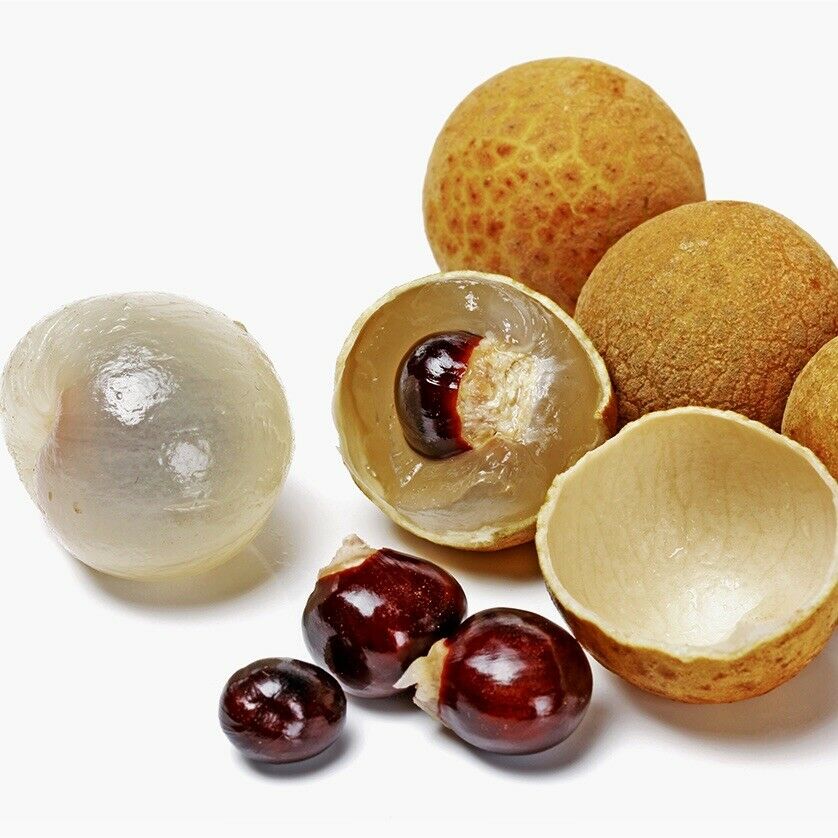
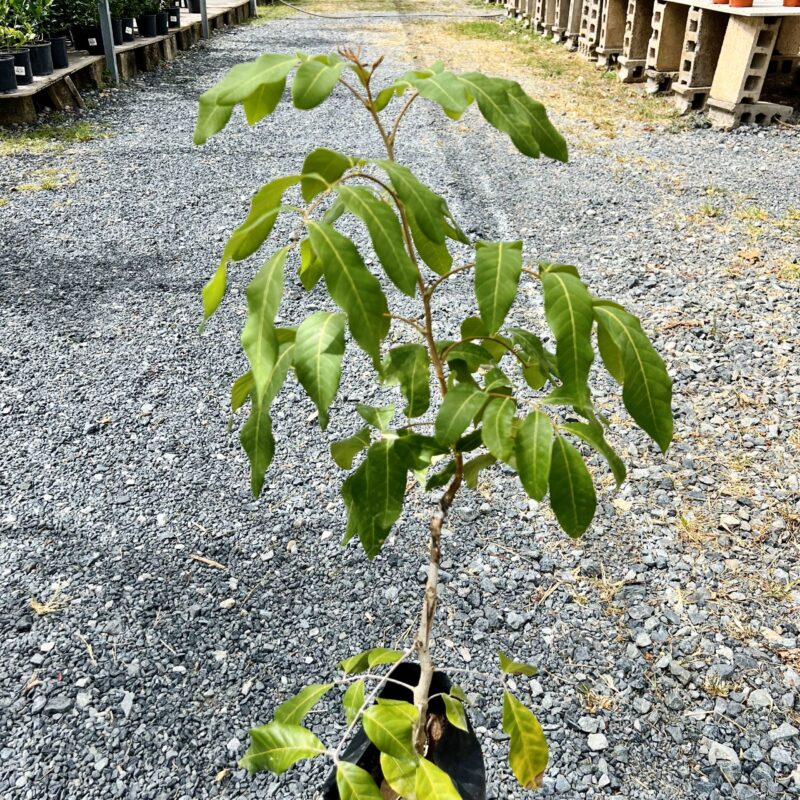
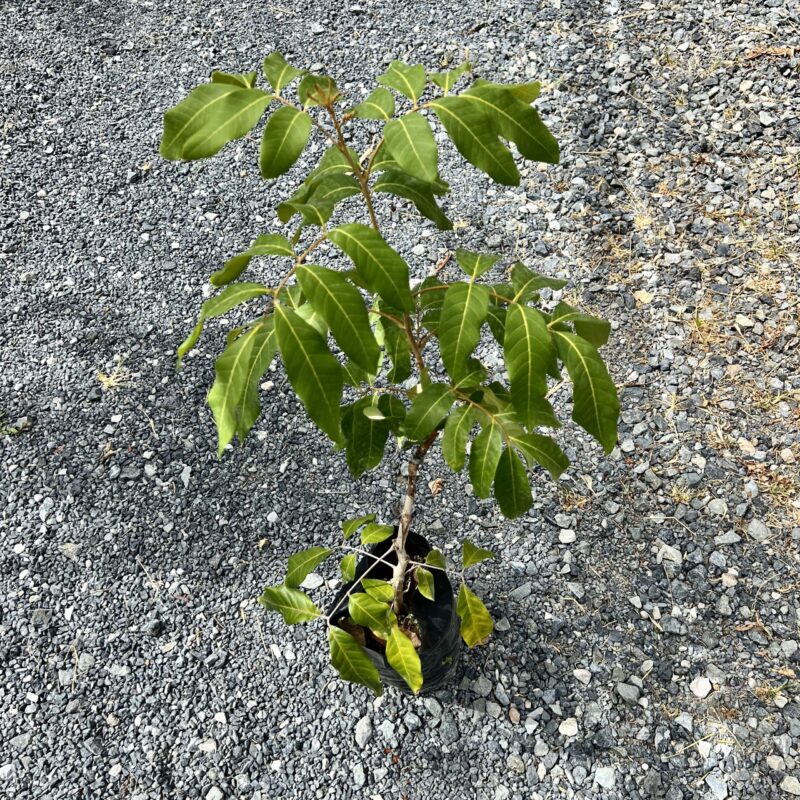
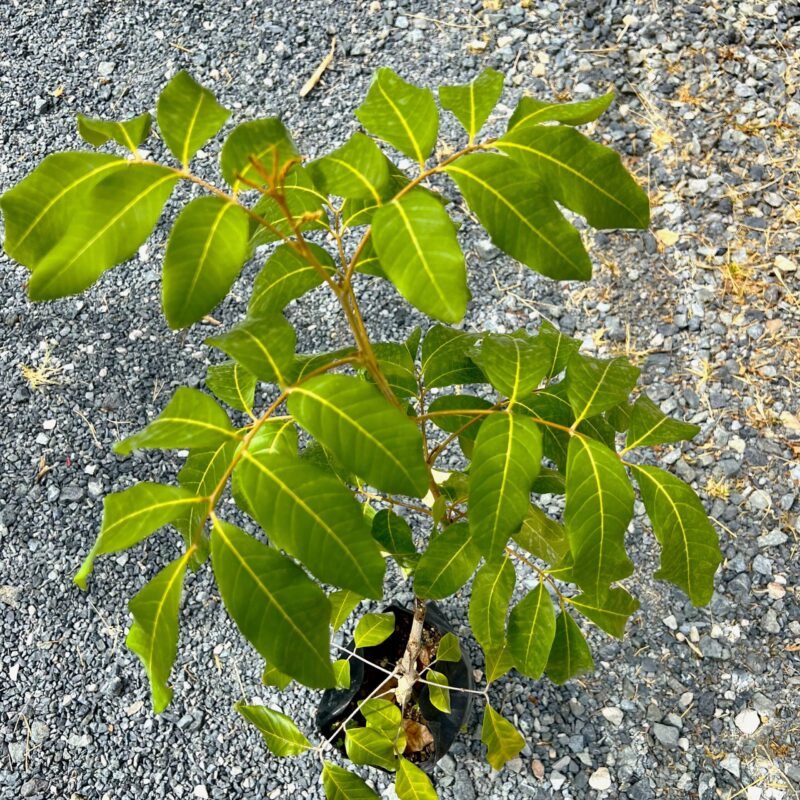
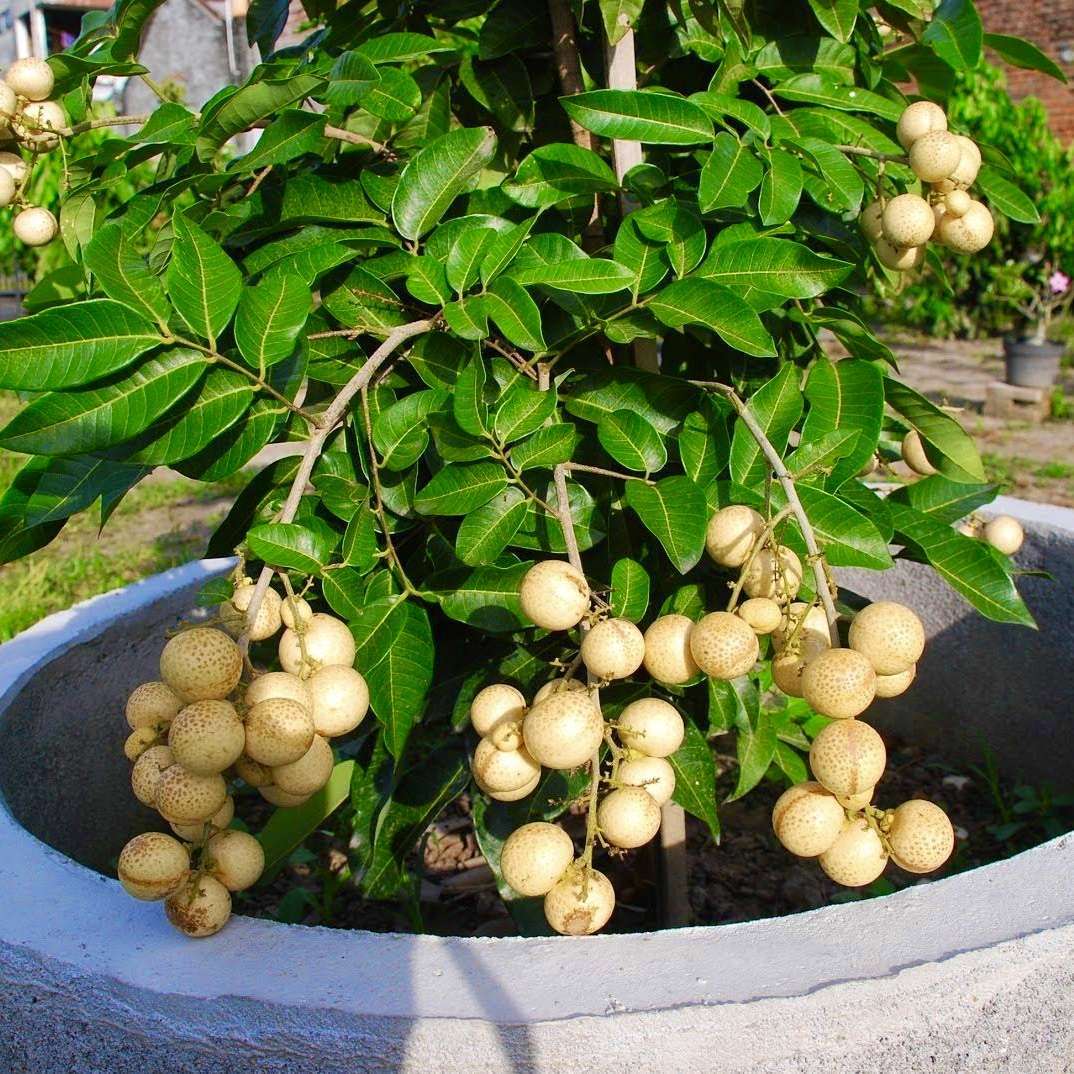
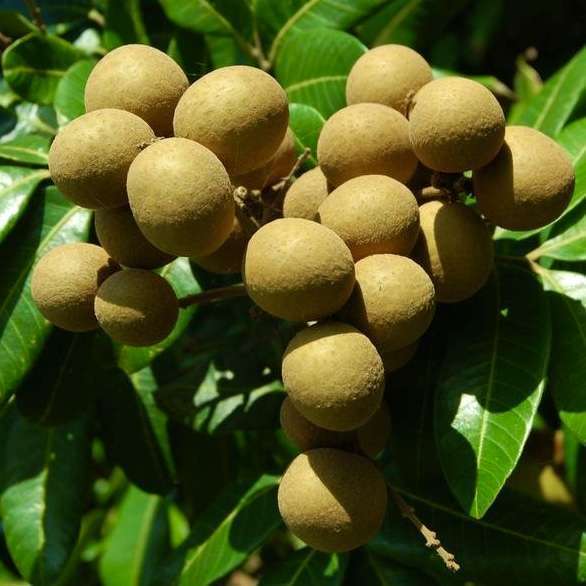
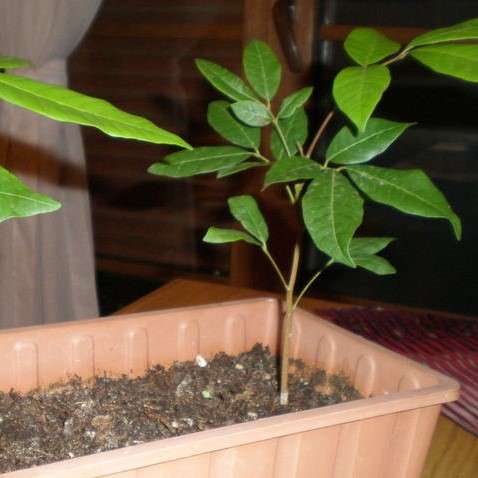

Reviews
There are no reviews yet.